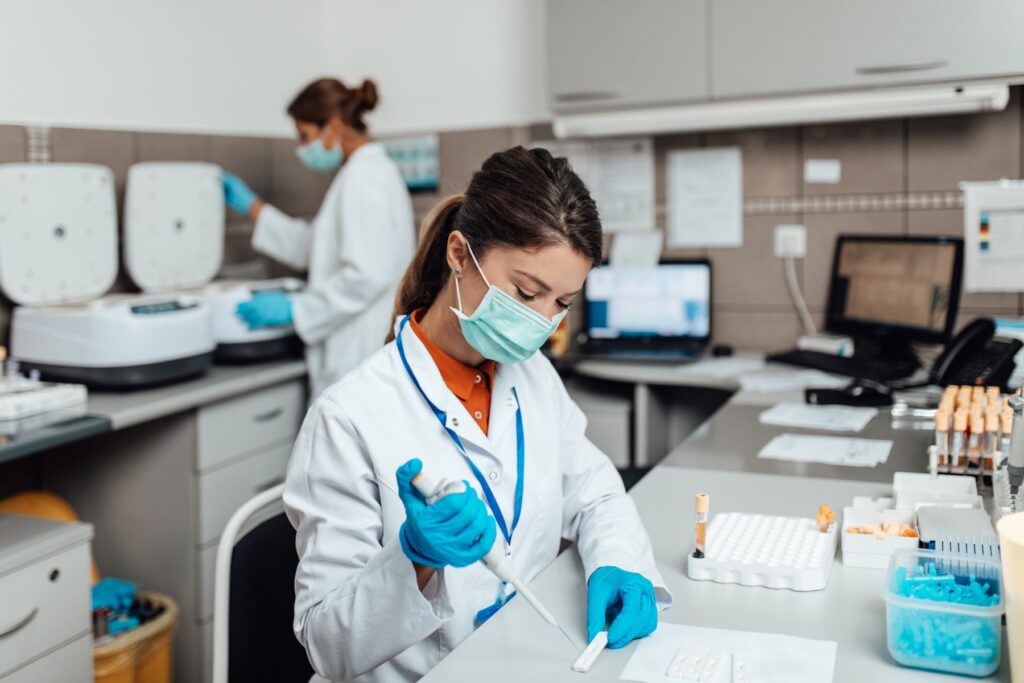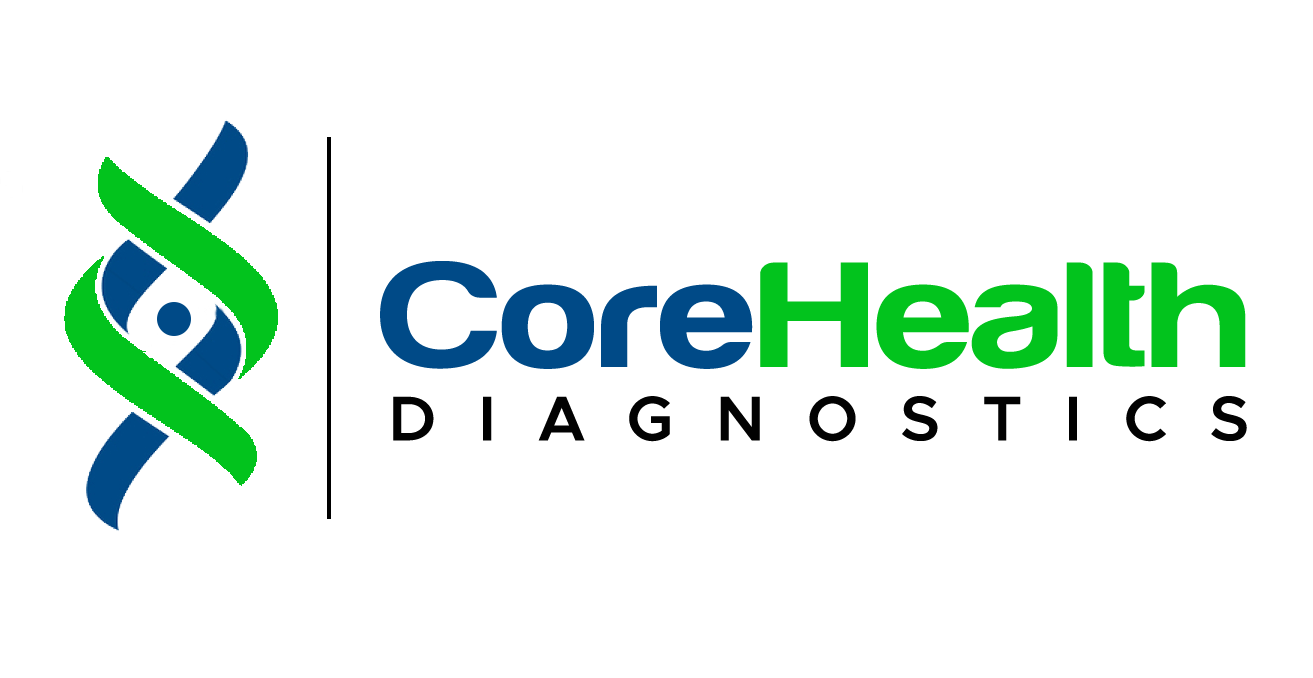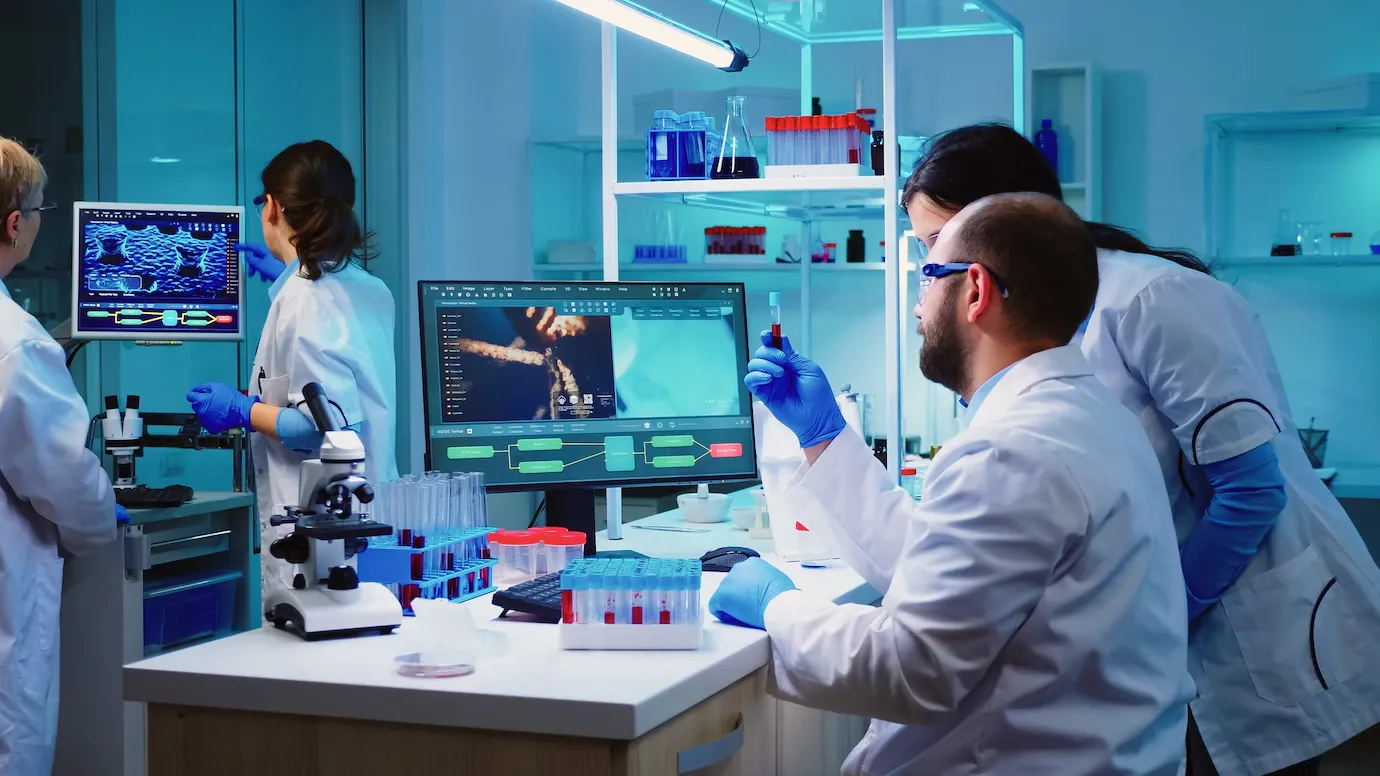In healthcare, diagnosing illnesses correctly is crucial to ensure patients receive the right treatment. But mistakes can happen during diagnosis, and these mistakes, also known as diagnostic errors, can affect the care a patient receives.
However, technology is helping solve this problem. New and advanced lab technology is reducing diagnostic errors by improving how tests are done in medical labs. This article will explore how modern lab tools help reduce mistakes and why they are so important.

What Are Diagnostic Errors?
Diagnostic errors occur when a diagnosis is missed, delayed, or wrong. This means a doctor might not detect a disease, might identify it too late, or could identify the wrong disease.
These errors can have serious consequences, including wrong treatments, delayed recovery, or even life-threatening situations. Diagnostic errors are a global concern, and reducing them is a top priority in healthcare.
How Do Diagnostic Errors Happen?
Several factors contribute to diagnostic errors, including:
- Human Error: Medical professionals can make mistakes when interpreting lab results, especially when data is complex or hard to read.
- Outdated Equipment: Using older or less reliable equipment can produce inaccurate results, leading to incorrect diagnoses.
- Poor Sample Quality: If a sample, like blood or tissue, is not handled correctly, it can affect the test result.
- Time Pressure: Sometimes, doctors are pressed for time and may rush through the diagnostic process.
Advanced lab technology is helping to reduce these errors by offering more precise, reliable, and efficient tools for diagnosis.
How Advanced Lab Technology Helps Reduce Diagnostic Errors
1. Automated Systems for Accuracy
Modern lab technology includes automated machines that handle lab tests. Unlike humans, machines can perform repetitive tasks without making mistakes due to fatigue.
Automation reduces human error by ensuring that tests are performed consistently and accurately. For example, automated blood analyzers can process blood samples and provide precise results without the risk of misinterpretation by a technician.
2. Faster Results for Timely Diagnosis
One of the main benefits of advanced lab technology is the speed at which results are produced. Faster results mean doctors can diagnose and treat patients more quickly.
This is especially important for critical conditions like infections or cancer, where early detection can make a big difference. Quick, reliable results also reduce the chances of errors caused by delayed diagnosis.
3. Improved Imaging Techniques
Imaging techniques like MRI (Magnetic Resonance Imaging) and CT (Computed Tomography) scans are vital tools in diagnosing illnesses. Modern imaging technology provides clearer, more detailed images, which help doctors identify problems more accurately.
In the past, blurry or unclear images could lead to misdiagnoses. Today’s advanced imaging machines reduce this risk by providing high-quality visuals that leave little room for doubt.
4. Digital Data Storage and Sharing
Another key aspect of advanced lab technology is digital data storage. Lab results can be stored digitally and easily accessed by doctors and medical teams. This prevents the loss of important test results and makes it easier to share information between specialists.
When healthcare professionals have quick access to accurate lab results, they can make better decisions about a patient’s care. Digital records also reduce the risk of manual errors, such as misplacing paperwork or entering incorrect data.
5. High Sensitivity Tests for Better Detection
Many advanced lab tools are designed to detect even the smallest changes in a patient’s samples. For example, modern diagnostic machines can detect tiny amounts of disease markers in blood, helping doctors catch illnesses early.
These high-sensitivity tests improve accuracy, reducing the chances of missing a diagnosis.
6. Artificial Intelligence (AI) in Diagnostics
Artificial intelligence (AI) is making a big impact in medical labs. AI-powered systems can analyze large sets of data, recognize patterns, and suggest possible diagnoses based on test results.
AI can even review imaging scans and highlight potential issues for doctors to check. By assisting doctors with the analysis, AI helps reduce the chances of diagnostic errors caused by oversight or misinterpretation.
The Importance of Proper Training with Advanced Technology
Even with the most advanced lab equipment, human skill is still essential. Medical professionals need proper training to use new tools effectively.
If lab staff or doctors are not familiar with the latest technology, they might not know how to interpret the results correctly, which can still lead to errors. That’s why ongoing training is necessary to ensure that healthcare workers are equipped to handle modern lab technologies.
The Future of Diagnostic Technology
As technology continues to evolve, we can expect even more advancements in diagnostic tools. Future innovations may include:
- Wearable diagnostic devices that monitor patients in real-time and alert doctors to any health issues immediately.
- Remote lab testing, where patients can collect samples at home and send them to labs for analysis.
- Advanced genetic testing, allowing doctors to predict diseases before they develop.
These innovations have the potential to further reduce diagnostic errors and improve patient care worldwide.
Conclusion
Advanced lab technology is playing a critical role in reducing diagnostic errors. Automated systems, faster results, better imaging, and AI-powered tools all contribute to more accurate diagnoses, ensuring that patients receive the care they need. While technology is a powerful tool, proper training for healthcare professionals is equally important to maximize its potential.
By continuing to embrace these advancements, the healthcare industry can reduce diagnostic mistakes, leading to better patient outcomes and a higher quality of care. As we look to the future, the role of technology in diagnostics will only continue to grow, making healthcare safer and more effective for everyone.




